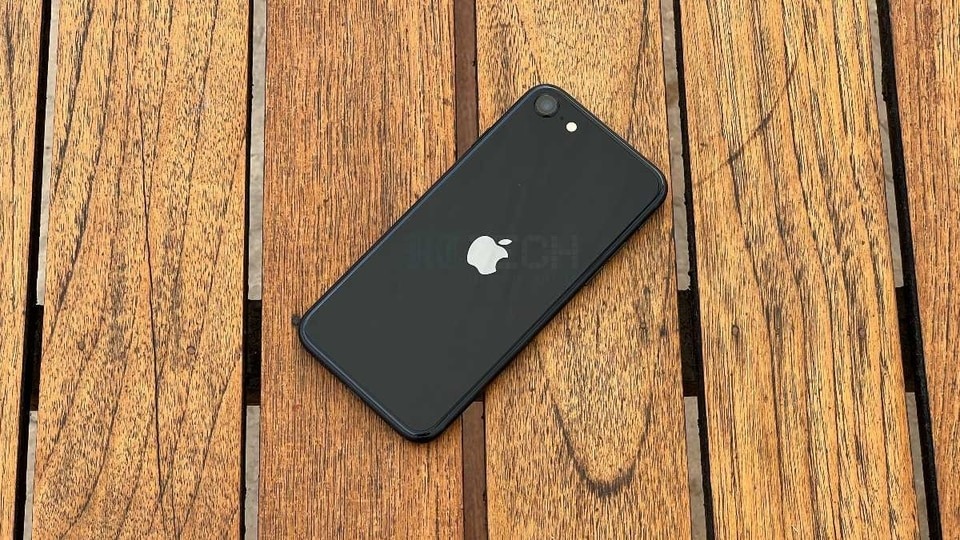
Apple has issued invitations for its upcoming hardware event, generating widespread speculation about the possible debut of the iPhone 14. The event’s space-themed imagery has sparked conjecture, with some suggesting the introduction of astrophotography capabilities to Apple’s forthcoming smartphone
Apple’s iPhone 14 has generated ongoing speculation, with reports from Engadget suggesting the unveiling of four new models: a 6.1-inch iPhone 14, a 6.7-inch iPhone 14 Max, a 6.1-inch iPhone 14 Pro, and a 6.7-inch iPhone 14 Pro Max. This year, it’s unlikely that a new iPhone mini model will be introduced due to underwhelming sales of the previous version.
The forthcoming iPhone 14 lineup is anticipated to feature enhancements such as increased RAM, improved battery life, and an upgraded front-facing camera with autofocus capability. Furthermore, the premium models are expected to abandon the controversial “notch” design in favor of a more widely accepted hole-punch style camera
Rumors suggest that Apple plans to significantly enhance the resolution of the Pro versions of the iPhone 14, with the main camera potentially increasing to a remarkable 48 megapixels
While there is a possibility of Apple unveiling a new Apple Watch at the event, it is not expected that the tech giant will introduce any new MacBook or Mac desktop computers on this occasion. Apple recently announced updated versions of the MacBook Pro and MacBook Air featuring the M2 chip, leading most to anticipate a focus on mobile products at this event.
The whimsical “far out” theme of the event could be purely for entertainment, but it could also hint at Apple’s intentions to enhance the low-light photography capabilities of its iPhone lineup. With the growing popularity of space photography and the release of new images captured by the James Webb Space Telescope, there is heightened interest in astrophotography among the general public. While iPhones have made significant advancements in capturing photos under ideal lighting conditions and in low-light situations, photographing the night sky still presents challenges. Apple may be poised to address this and improve the astrophotography experience



